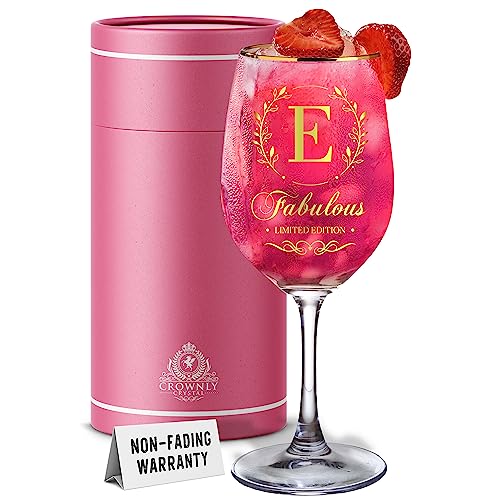Understanding the Proper Serving Size for Wine
Wine has been enjoyed by people for centuries, and it is often served at special occasions and gatherings. Whether you’re a novice or an experienced wine drinker, it can be easy to wonder what the proper serving size is for wine. In this article, we will explore the factors that determine the serving size for wine and provide guidelines to help you serve and enjoy wine properly.
Factors That Influence Wine Serving Size
Several factors play a role in determining the appropriate serving size for wine. These factors include the type of wine, the occasion, personal preference, and guidelines recommended by experts. Let’s take a closer look at each of these factors.
Type of Wine
The type of wine you are serving is a crucial factor in determining the serving size. Different types of wine have different alcohol content and flavors, which can affect how much you should serve. Generally, red wines have a higher alcohol content and more intense flavors compared to white wines. Therefore, a smaller serving size of red wine is typically recommended.
Occasion
The occasion also plays a role in determining the proper serving size. If you are hosting a formal dinner party, a smaller serving size may be appropriate to allow guests to enjoy multiple courses without becoming too intoxicated. On the other hand, if you are having a casual gathering or a wine-tasting event, a larger serving size may be acceptable.
Personal Preference
Personal preference is another factor to consider when determining the serving size for wine. Some people may prefer smaller servings to savor the flavors and enjoy a longer-lasting experience, while others may prefer larger servings for a more immediate and robust taste. It’s important to respect individual preferences and offer a range of serving sizes to accommodate different tastes.
Expert Guidelines
Experts in the wine industry often provide guidelines for serving sizes to help wine enthusiasts enjoy their favorite beverages responsibly. The Centers for Disease Control and Prevention (CDC) recommends that adults consume alcohol in moderation, which translates to no more than one drink per day for women and two drinks per day for men. However, it’s important to note that these guidelines are based on the standard definition of a drink, which may not necessarily align with the serving size of wine.
Guidelines for Wine Serving Size
While there are no hard and fast rules for serving sizes, there are some general guidelines you can follow to ensure a proper serving of wine. Here are a few suggestions:
Use Appropriate Glassware
Using the right glassware can help you control the serving size of wine. Wine glasses come in different shapes and sizes, and each has a specific purpose. For example, a standard wine glass holds about 5 to 6 ounces of wine, which is considered a standard serving size. However, you can also find smaller glasses designed for tasting portions or larger glasses for those who prefer more generous pours.
Measure Your Pour
It can be easy to pour more wine than intended, especially if you’re not using a specific measurement. To avoid overpouring, consider using a measuring tool such as a jigger or a wine pourer with measurement markers. This will help ensure that you are serving an appropriate amount of wine.
Serve Small Portions for Tasting
If you are hosting a wine-tasting event or if you want to savor multiple types of wine over the course of an evening, consider serving smaller portions. Tasting-sized glasses, typically holding 2 to 3 ounces, are perfect for this purpose. This allows your guests to sample a variety of wines without consuming excessive amounts.
Consider Alcohol Content
When determining the serving size for wine, it’s important to take into account the alcohol content. Wines with higher alcohol content, such as fortified wines or some reds, may require smaller servings to prevent overconsumption. Be mindful of the alcohol content and adjust the serving size accordingly.
Encourage Responsible Drinking
Finally, it’s essential to encourage responsible drinking habits when serving wine. Remind your guests to drink in moderation and provide non-alcoholic alternatives for those who prefer not to consume alcohol. Additionally, offer food pairings to help slow down the absorption of alcohol and reduce the risk of intoxication.
In conclusion, the proper serving size for wine depends on various factors, including the type of wine, the occasion, personal preference, and expert guidelines. It’s important to consider all of these factors when serving wine to ensure a responsible and enjoyable experience. By using appropriate glassware, measuring your pours, and considering the alcohol content, you can serve wine in a way that allows your guests to savor the flavors while maintaining moderation.






